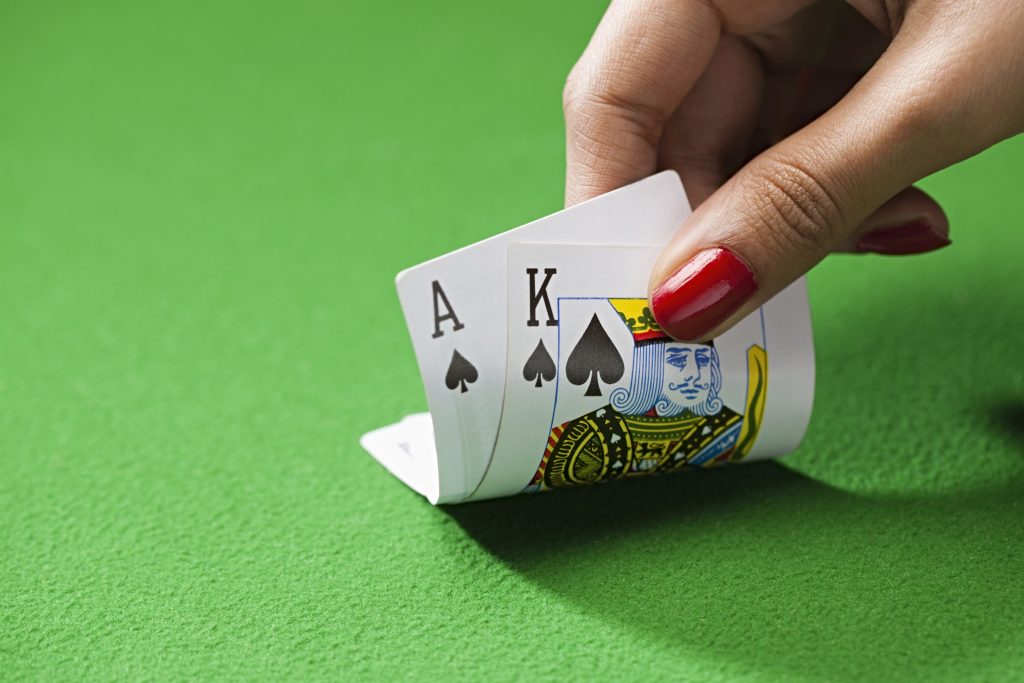India, a country rich in culture and history, has given the world more than just exquisite cuisine and vibrant festivals. Among its contributions are several card games that have not only entertained generations within the country but have also gained popularity across the globe. Let’s dive into the top five card games that originated in this diverse land.
Andar Bahar: A Game of Pure Chance
Andar bahar, also known as katti, is a traditional Indian betting game that is simple yet incredibly captivating. Its roots are deep in Indian culture, and it’s a game that requires no skill, making it accessible to everyone.
The essence of the andar bahar game lies in its straightforward gameplay, where participants bet on which side, andar or bahar, will match the card selected by the dealer. This sheer simplicity and the thrill of a 50/50 chance draw players into the game, making it a popular choice for quick and exciting rounds among friends and family across India.
How It’s Played
- The dealer places a single card face-up.
- Players bet on one of two sides: Andar (inside) or bahar (outside).
- Cards are dealt alternately to the Andar and Bahar sides until a card matching the initial one appears.
- If the matching card appears on the chosen side, the player wins.
Teen Patti: India’s Answer to Poker
Often referred to as ‘Indian poker’, teen patti is a popular game, especially during the Diwali festival. The game has a social aspect to it, with families and friends gathering to play.
Teen Patti revolves around the concept of betting and requires a blend of skill and luck to win, making each round unpredictable and exhilarating. With its roots tracing back to the Indian subcontinent, the game has transcended its geographical origins to gain a global audience, capturing the hearts of card game enthusiasts worldwide with its engaging blend of strategy and chance.
Gameplay Essentials
- Played with a standard deck of 52 cards, teen patti begins by placing a bet.
- Each player is dealt three cards face down.
- Players bet on who has the best three-card hand, with the option to see their cards (play ‘seen’) or continue without seeing (play ‘blind’).
Rummy: A Game of Skills and Strategy
Rummy holds a special place in the hearts of card game enthusiasts in India. It’s a game of skill, requiring players to form sequences and sets from their cards to win.
The strategic depth of rummy, coupled with its various regional variations, makes it a game that can be enjoyed over and over again without losing its charm. Moreover, the advent of online platforms has propelled rummy into a widely celebrated online pastime, allowing players from different parts of the country and the world to compete and share their passion for this traditional game.
How to Play Rummy
- The game can be played by two to six players with one or two standard decks of cards.
- Players draw and discard cards to form valid sets and sequences.
- The first to do so declares victory, while the others calculate their scores based on the cards in hand.
Satte Pe Satta: The Rule of Sevens
Satte pe satta (seven on seven) is a fun and easy-to-learn game that revolves around the number seven. It’s a game that encourages strategic thinking in a relaxed setting.
Rules and Gameplay
- The player who holds the seven of hearts starts the game.
- Players must play cards in sequence, building up or down on the seven of hearts in each suit.
- If a player cannot play a card, they pass, and the goal is to be the first to be out of cards.
Bridge: A Test of Memory and Partnership
Bridge is a complex card game that requires memory, strategy, and partnership. It has an established presence in India, with clubs and tournaments dedicated to the game.
Players must work closely with their partners, communicating through bids to strategize their play, making it a game that not only tests individual skills but also the ability to collaborate and think as a team. The popularity of bridge in India is also reflected in its competitive scene, with Indian players achieving recognition and success in international bridge competitions.
How Bridge Unfolds
- Bridge is played by four players in two competing partnerships.
- A standard 52-card deck is used, and the game consists of bidding, playing, and scoring phases.
- The objective is to win as many tricks as possible based on the contract established during the bidding phase.
Bottom Line
These five card games offer a glimpse into India’s rich tradition of card games. Each game, from the simplicity of andar bahar to the complexity of bridge, brings its unique flavor and excitement. They not only serve as a means of entertainment but also as a way to connect with the cultural heritage of India. Whether you’re looking for a game of chance or a test of skill, these Indian card games promise hours of fun and bonding with friends and family. So, gather your cards, and may the best hand win!
